Every notice your child is feeling anxious about a big transition happening at home, daycare or school?
Or maybe your child is feeling unsure about rejection from peers or struggles with perfectionism.
Or maybe your child is afraid to try new things due to fear of failure.
There are many reasons why helping our children build lifelong confidence is so important.
But more than anything, you want your child to BE affirmed in who they are as a person.
Because when kids are connected to the core of who they really are – their inner greatness – there is absolutely nothing that can stop your child from accomplishing their goals.
Everything becomes possible.
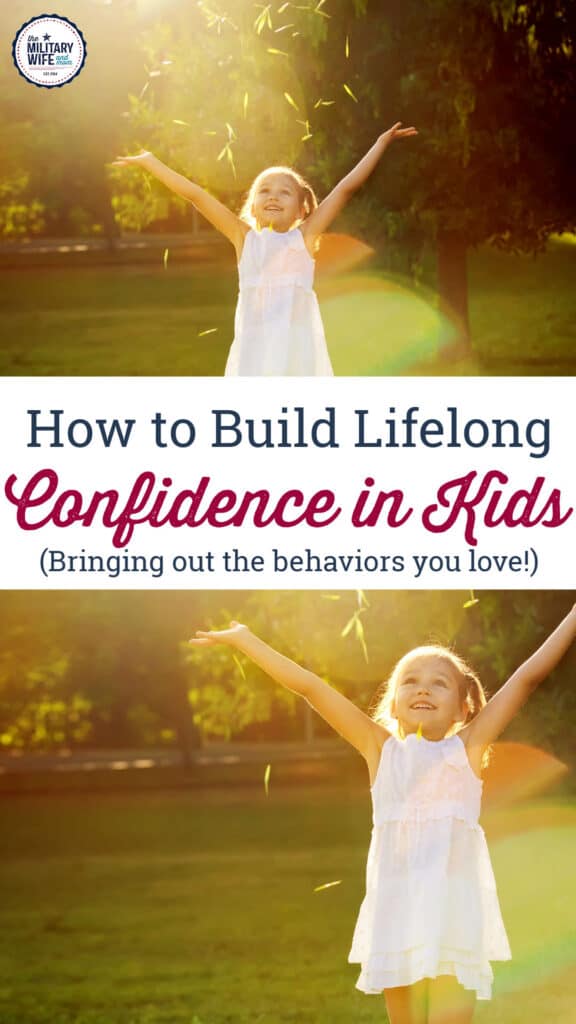
How to build confidence in kids for life.
There are several guiding principles from Language of Listening® – the 3-part method I use and teach to parents – that surround the idea of confidence.
1. All kids are born with every possible inner STRENGTH.
When you look at your child, you can confidently know they are born with everything needed to accomplish any challenge in front of them. It’s only a matter of providing the proof – through observation – so your child can see their STRENGTHS.
Then you build upon each individual STRENGTH through a series of observations over a period of time.
Here’s a quick example:
Let’s say your child is struggling with anxiousness at school and making new friends. However, you also notice your child confidently interacts with children in the neighborhood.
Be sure to name a STRENGTH when you child demonstrates the ability to make friends. This helps build confidence and allows the child to transfer the STRENGTH into other similar experiences – like making friends at school.
“You introduced yourself to the kids at the park and invited them to play. That shows you know how to make friends.”

2. All kids act according to who they believe they are.
When you tie a child’s behavior to a characteristic you like, your child’s future actions are based out of it. It becomes who the child is because they SEE it in themselves.
This can quickly become a positive cycle of confident behaviors that you love showing up more and more. And by focusing on the child’s STRENGTHs, the child starts to see this is who they really are.
Here’s a quick example:
Let’s say your child is afraid to jump off the diving board. However, your same child is confident about climbing up the diving board ladder.
Be sure to tie your child’s behavior to a characteristic you like, allowing the child to see their own STRENGTHs through observation.
“You climbed up the diving board ladder and then you got back down. That shows you know what’s right for you. And that shows you’re confident using the ladder.”
This helps the child see they have confidence about going up and down the ladder – an important part to eventually jumping off the diving board.
Over time, the child stays connected to their inner greatness, and eventually will jump off the diving board all on their own, knowing they handled it.
When you see something you like, you name a STRENGTH.
A basic formula for building confidence in kids.
Parenting doesn’t need to feel complicated; let’s simplify.

1. Look for where the child is already showing confidence.
When kids seem fearful or anxious or lack confidence in a specific area, chances are they are demonstrating confidence in a very similar area!
Look for where it’s easy to see your child’s confidence.
Then, name a STRENGTH.
- “You know what you like.”
- “You know what you need.”
- “You know what you want.”
- “You ___________. That shows you’re confident.”
- “You ___________. That shows you’re ________.”
You want to provide the child proof through observation so they can see a STRENGTH in themselves.
2. Continue building STRENGTHs using future observations.
STRENGTHs are something that build over time. It is not a one-and-done approach.
Continue looking for actions from the child that demonstrate a given STRENGTH.
3. Long-lasting confidence is proved over time by the child.
Remember that all kids set exactly the right level of challenge for themselves.
So if a child takes a while to build confidence in a specific area, this is very deliberate on the part of the child.
A child may look for small pieces of proof to build layers and layers of confidence, and later go on to complete a much bigger task.
Here’s a quick example:
A child may climb up and down the diving board ladder for days or weeks; or sit and observe other children diving from the board.
The child may also practice jumping from the edge of the pool. There are many other small ways a child may try to build confidence around the diving board.
And then, when you least expect it, there will come a day when the child will climb up the ladder and never turn back. Your child will confidently jump from the diving board.
That’s confidence your child will know in their core. And they will carry it with them forever, knowing they figured it out ALL on their own.
Print this free listening checklist.
This post comes with a free printable checklist to help with listening. I always have the hardest time remembering these phrases. This printable simplifies it!
Here is a sneak preview…
Download Your Free Printable
- Download the checklist. You’ll get the printable, plus join 37,000+ parents who receive my weekly parenting tips and ideas!
- Print. Any paper will do the trick, but card stock
would be ideal.
- Place it on your refrigerator. Check things off as you go and don’t forget a thing!
Want more on parenting?
- 31 Printable Affirmations for Kids – They’ll Actually Use
- 9 Genius Phrases for Dealing With a Strong-Willed Child
- How to Build Cooperation and Independence Using a Printable Daily Schedule for Kids
- The Most Overlooked Reason Why Kids Won’t Listen
I’m excited to be one of Google’s paid early testers for their Thank with Google pilot program. Thank with Google is an experimental feature that allows you to purchase a virtual sticker and directly show your appreciation for content on my website.
There are a variety of stickers to select from and every time you send a paid sticker, you can add a personal message to me! These virtual stickers translate into direct revenue to support the work that goes into The Military Wife and Mom.
You can find the Thank with Google feature in multiple places on my site. If you try it out, let me know what you think! Thanks as always for your support.
I've created a free email series just for you! If you are struggling with teaching your child to listen, this series will help transform your parenting. Yes, really. I've seen my proven strategies work time and time again for parents. I know it can work for you too.
After taking my free email series, you will:
- Learn simple, yet highly effective listening strategies
- Experience a stronger connection with your child
- Enjoy more peaceful parenting days
- Gain more cooperation from your child

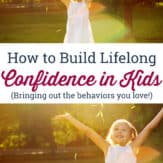
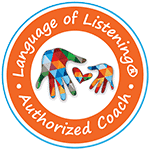
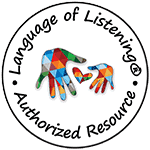
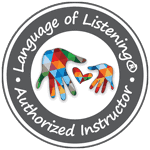









So great when you have kids…who then turn into young adults and have great confidence…Carries over into so many things from school work, to sports, to building relationships.